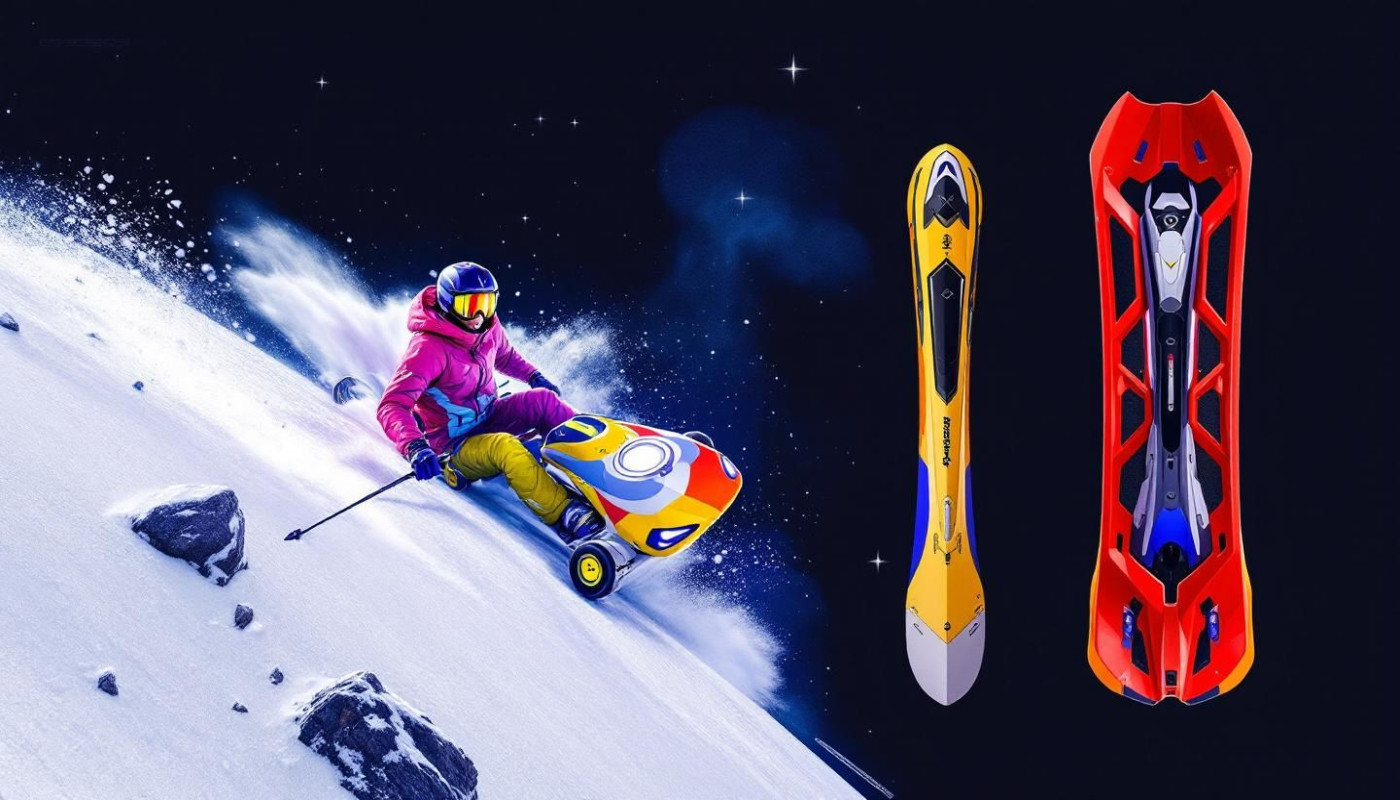Table of contents
Dive into the dynamic world of freeride sports equipment and uncover how advancements in technology and design have reshaped the landscape for thrill-seekers. From the earliest handmade boards and skis to the cutting-edge gear used today, the journey of innovation is filled with fascinating milestones. Explore each stage of this evolution and gain insights into the features that have revolutionized performance, safety, and style—making the following paragraphs a must-read for any enthusiast eager to stay ahead of the curve.
Early innovations in freeride gear
Freeride gear history is deeply rooted in the inventive adaptation of early sports equipment, where enthusiasts relied on traditional materials such as wood, leather, and natural fibers. These resources, shaped by meticulous handcrafting techniques, formed the backbone of the first generation of freeride apparatus. Initially, skis, boards, and bindings were fashioned with little consideration for specialized usage, typically featuring flat or minimal camber profile designs that offered basic maneuverability. As athletes pushed boundaries, the drive for sports innovation led to the introduction of selective wood types, improved lamination methods, and advances in binding construction—all aimed at enhancing control and durability. By refining camber profiles and experimenting with composite blends, pioneers in the field transformed basic equipment into purpose-built freeride gear. This shift from generic forms to specialized designs not only improved performance but also laid a robust foundation, enabling the sophisticated developments that define modern freeride sports equipment.
Impact of modern materials
Modern sports materials have dramatically transformed freeride sports equipment, ushering in a new era of performance and safety. The adoption of carbon fiber in sports, as well as the use of advanced composites and lightweight alloys, has allowed manufacturers to create gear that is significantly lighter without sacrificing strength. This material innovation enables athletes to experience enhanced equipment durability, even under extreme conditions. Torsional rigidity, a key metric in technical performance, has seen notable improvement with these materials, resulting in better energy transfer and control during high-speed descents or aerial maneuvers. Lightweight gear advancements also mean users can enjoy prolonged sessions with reduced fatigue, while the resilience of these materials ensures longevity and reliability. The integration of these technologies reflects a deep understanding of the demands placed on freeride sports equipment and highlights the ongoing quest for superior design and performance.
Design breakthroughs and customization
In recent years, freeride innovation has accelerated through the integration of sports equipment customization, addressing varied athlete preferences more precisely than ever before. Adjustable features like modular bindings, variable flex patterns, and length-alterable poles have emerged, enabling users to fine-tune equipment to their terrain and riding style. Ergonomic design principles are now at the forefront, resulting in boots, helmets, and protective gear that conform more naturally to the human body, reducing fatigue and risk of injury during demanding descents. One technical detail shaping performance is the sidecut radius—engineers have manipulated this measurement to optimize turning dynamics, directly impacting maneuverability and edge control on diverse snow conditions. By combining these advancements, athletes experience a more tailored, responsive ride, transforming the expectations of what is perfect for skiing on challenging backcountry slopes and making the sport accessible to a broader range of enthusiasts. For those seeking equipment that maximizes comfort and performance, the ongoing evolution of freeride gear opens new possibilities for personal expression and adventure.
Safety enhancements in equipment
Over recent years, sports safety equipment for freeride disciplines has undergone significant advancements, with a focus on injury prevention gear that now features integrated protective systems. The introduction of improved bindings capable of precise release mechanisms has drastically lowered the risk of lower-limb injuries. Modern helmets and body armor incorporate multi-layered materials designed for optimal impact absorption, which is particularly beneficial for high-speed descents and unpredictable terrain. These innovations have established new equipment safety standards within the industry, compelling manufacturers to prioritize user protection in all facets of design. As a result, freeride safety has reached unprecedented levels, encouraging wider participation and boosting user confidence. Sports safety specialists emphasize that the rise of advanced protective systems not only reduces the severity of injuries but also fosters a safety-first culture, reshaping attitudes toward risk management in freeride sports.
Future trends in freeride technology
Freeride equipment trends are rapidly evolving, driven by advances in future sports technology and shifting user expectations. Anticipate a surge in smart sports equipment featuring sophisticated sensor integration, offering real-time data on rider performance, terrain analysis, and safety feedback directly to smartphones or wearable devices. This development promises to empower athletes and enthusiasts with deeper insights, enhancing training precision and risk management. The use of sustainable materials in sports is set to become standard as manufacturers turn to bio-based composites, recycled polymers, and innovative green processes to reduce environmental impact without compromising durability or weight. Digital customization will take personalization to new heights, enabling riders to tailor gear fit, flex patterns, and even aesthetic elements through intuitive online platforms or 3D scanning technologies. Collectively, these innovations are expected to transform not just individual performance, but also foster a more connected, environmentally conscious, and inclusive freeride community.
Similar



